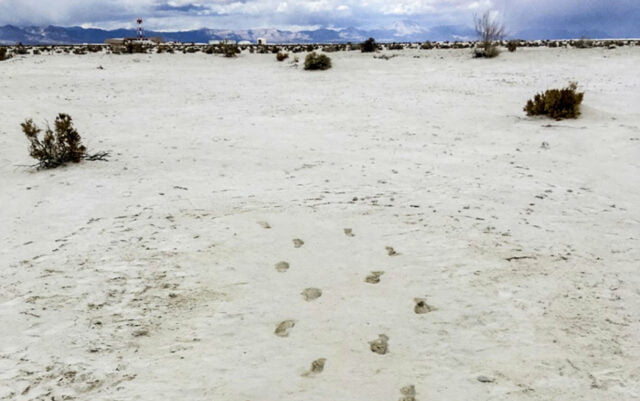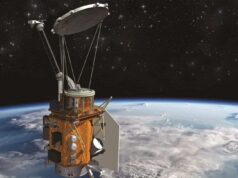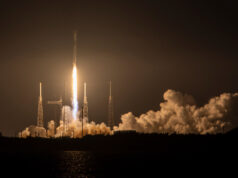
For decades, the prevailing belief was that the first humans to set foot in the Americas journeyed across the Bering Land Bridge approximately 13,000 years ago. However, recent discoveries are reshaping this narrative, suggesting that our understanding of the first Americans might need a significant revision.
Key Highlights:
- The first people might have arrived in the Americas during the last glacial maximum, approximately 26,500 to 19,000 years ago.
- The Clovis First theory, which posited that every indigenous person in the Americas descended from the Clovis who crossed the Bering Land Bridge just before 13,000 years ago, is being challenged.
- Genetic studies indicate that the first Americans descended from an ancestral group of ancient North Siberians and East Asians.
- Fossilized human footprints in White Sands National Park, New Mexico, suggest human presence as far back as 21,000 to 23,000 years ago.
- The emergence of Beringia, a landmass connecting Alaska and the Russian Far East, played a crucial role in human migration.
Challenging the Clovis First Theory:
For nearly a century, the Clovis First theory dominated discussions about the initial human migration to the Americas. This theory proposed that the Clovis, who journeyed across the Bering Land Bridge shortly before 13,000 years ago, were the continent’s first inhabitants. However, Loren Davis, a professor of anthropology at Oregon State University, notes that recent findings suggest humans might have reached the Americas thousands of years before previously believed, and possibly not via an inland route.
Genetic Insights and Archaeological Discoveries:
Genetic studies have provided intriguing insights into the origins of the first Americans. These studies suggest that the first people to arrive in the Americas descended from a mix of ancient North Siberians and East Asians, who intermingled around 20,000 to 23,000 years ago. They likely crossed the Bering Land Bridge between that period and 15,500 years ago.
Furthermore, archaeological sites like the fossilized human footprints in White Sands National Park indicate that humans might have been present in North America during the last glacial maximum, which occurred between 26,500 to 19,000 years ago. If these dates are verified, they would offer a more intricate picture of human migration to the Americas.
The Role of Beringia:
Beringia, an expansive landmass that once connected present-day Alaska and the Russian Far East, emerged as a significant factor in this migration story. During the last ice age, much of Earth’s water was trapped in ice sheets, causing sea levels to drop and revealing Beringia. This land bridge was passable by foot between 30,000 and 12,000 years ago, facilitating human movement between continents.
Summary:
The story of the first Americans is more complex than previously believed. While the Clovis First theory has been the dominant narrative for decades, new archaeological and genetic evidence suggests that humans might have arrived in the Americas much earlier than 13,000 years ago. As researchers continue to uncover more about this fascinating chapter in human history, it becomes clear that our understanding of the first Americans is still evolving.










